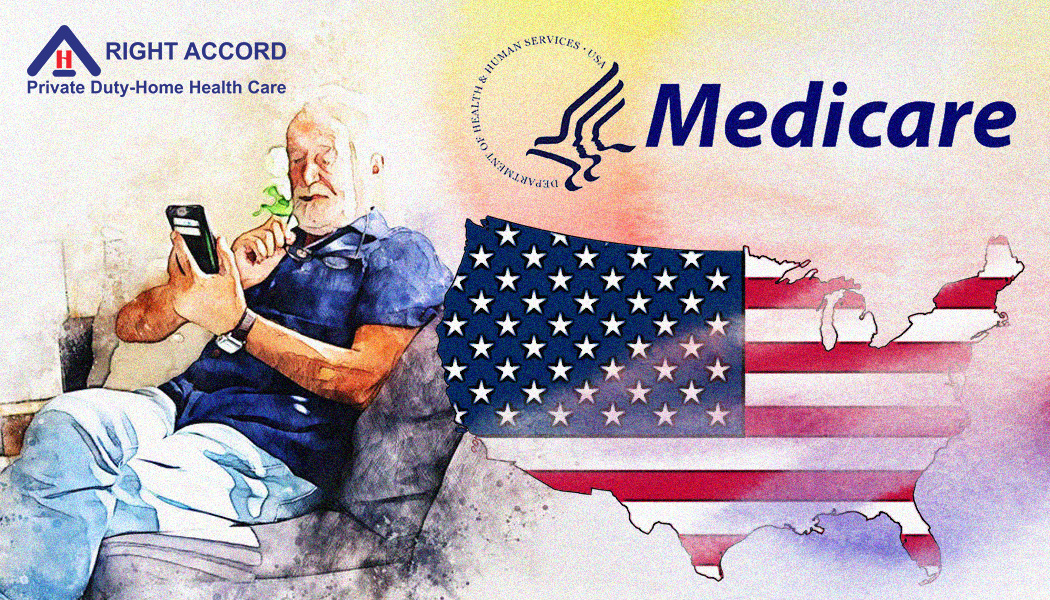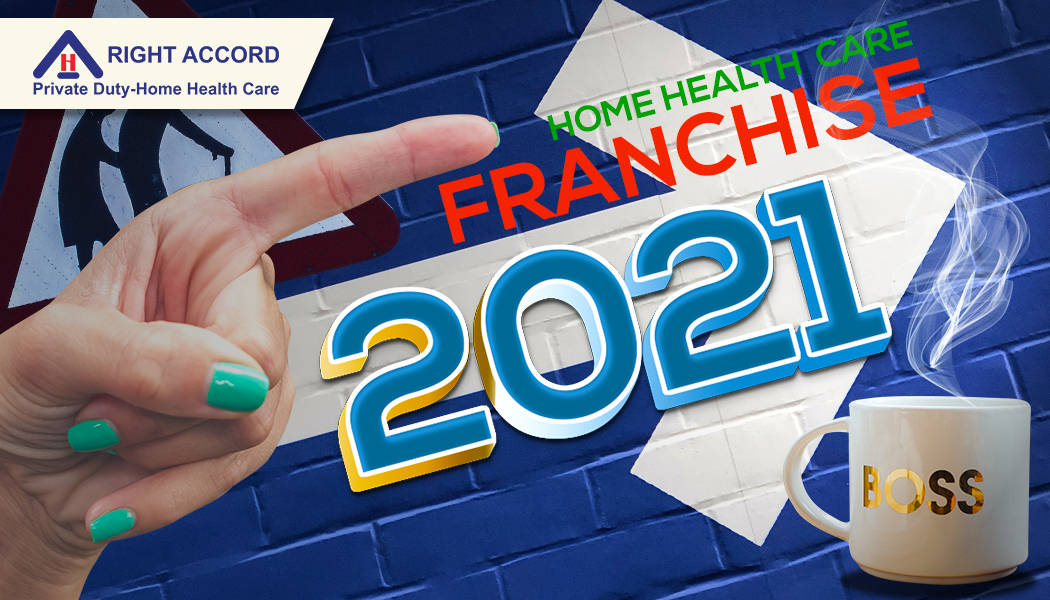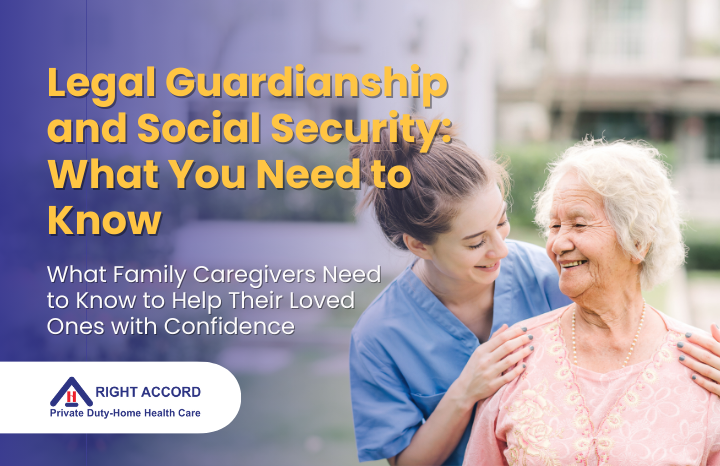· 6 min read
How to Protect Yourself and Your Elderly from COPD?
Are your elderly loved ones experiencing chronic shortness of breath? You've come to the right place. Here's all you need to know to manage COPD symptoms.
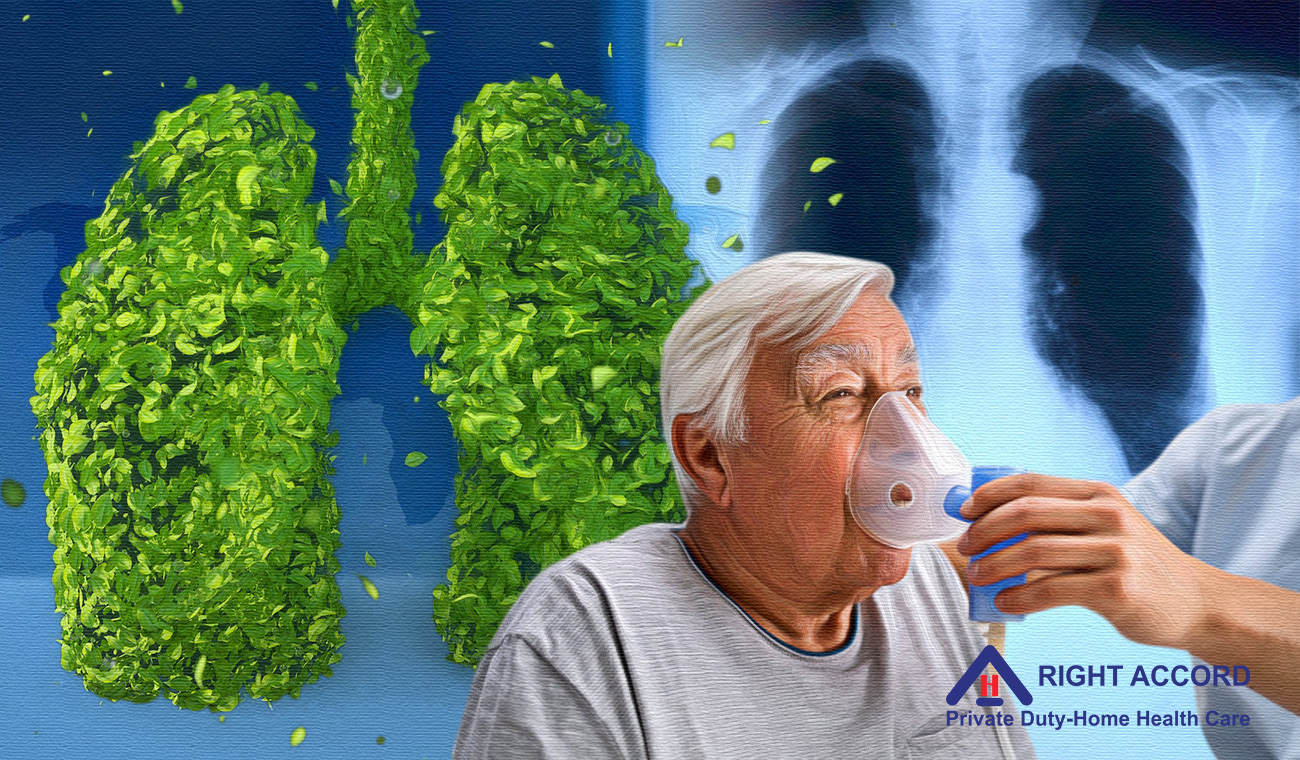
By: Rosemarie Tamunday Casanova — RN, BSN, MHA
Are your elderly loved ones experiencing chronic shortness of breath or a nagging cough? Do they often make it hard to breathe when climbing stairs or walking a few meters? This might be a case of a breathing-related problem called chronic obstructive pulmonary disease, or COPD.
A kind of disease that causes airflow blockage and occurs most often in older adults. Which if not treated early might result in more serious complications and that can be fatal.
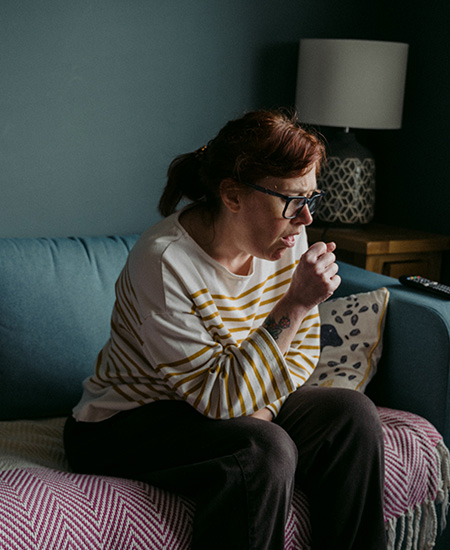
Photo by Annie Spratt on Unsplash
Chronic obstructive pulmonary disease (COPD) is a common disease in elderly patients.
Take the case of Mrs. Anderson, an 81 year old retired veteran from Alabama. Chronic lower respiratory disease, or COPD, brought Mrs. Anderson to the hospital. She is experiencing shortness of breath, she also wheezed and coughed frequently which produced sputum in copious amounts.
“Everytime I utilize myself, I’m breathless…if I walk from my bedroom to the front gate, which is maybe 90 feet, I’ll have to stop frequently.” Says Mrs. Anderson.
Later on her lips and fingers took on a bluish tint because she was not getting enough oxygen, and her heart trouble may follow for the same reason.
“When I tried to go to the bathroom in the middle of the night, I felt like I couldn’t breathe. I called 911 and they got an ambulance for me. Then, suddenly I woke up at the ICU in Alabama VA hospital.” she further explains.
What is COPD?
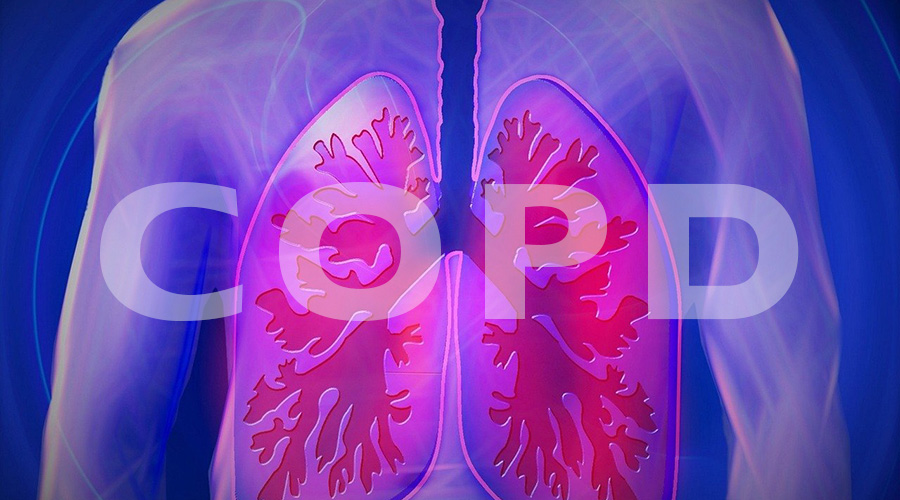
Photo by Pixabay
According to the CDC, Chronic obstructive pulmonary disease, or COPD, refers to a group of diseases that cause airflow blockage and breathing-related problems. It includes emphysema and chronic bronchitis.
Chronic obstructive pulmonary disease (COPD) involves the gradual destruction of the airways due to loss of lung function. It is a complication of several respiratory diseases. COPD is characterized by two lung diseases, the main ones being chronic bronchitis and emphysema. Several other diseases are also present, including asthmatic bronchitis and bullous disease. In America, older women are more likely to develop this disease. COPD affects approximately 11% of the American population. Approximately 85,000 Americans die of this disease every year, and it’s the fourth leading cause of death in the United States.
COPD is primarily caused by smoking. In Mrs. Anderson’s case, she smoked more than 50 packs a year, but quit at age 50. In addition, passive smoking can cause COPD. Smoking can cause severe and permanent lung damage. As a result, the lungs suffer irreversible damage and are inflamed.

Photo by Pixabay
Inflammation can be stopped only by stopping smoking. Cigarette companies add chemicals to cigarettes for various reasons that block the production of alpha-1-antitrypsin (AAT), which keeps alveoli elastic. As a result, the lungs’ walls are damaged, which makes breathing very difficult.
COPD can also be caused by industrial pollution, occupational dust, continuous exposure to hazardous chemicals, or outdoor air pollution. It is also possible for parents to pass on the genes to their children. There are some rare cases of COPD in people with alpha 1 antitrypsin deficiency, which is a gene-related disorder. The alpha 1 antitrypsin is a protein that inactivates destructive proteins in the blood. The lack of or low level of alpha 1 antitrypsin results in lungs being destroyed and ultimately resulting in COPD.
Patients suffering from COPD will experience difficulty breathing as their condition worsens. Depending on the weather, this difficulty may change. Sometimes they need to be hospitalized.
How is COPD Diagnosed?
In order to diagnose COPD, a simple breathing test is used called spirometry.
How is COPD Treated?
When it comes to COPD, prevention is the best medicine. Unfortunately, there is no cure. COPD medications are all designed to reduce the severity of the disease. Therefore, it is best if all of us take steps to prevent this disease.
The treatment of COPD requires a thorough and careful examination by a physician. The treatment of COPD can reduce symptoms, lessen exacerbations, and improve exercise tolerance. Here are some options your physician may consider:
Quit Smoking
The most important part of treatment is quitting smoking for people who smoke. At home and at work, try to reduce your exposure to air pollutants, including tobacco smoke.

Photo by Pixabay
Ask the Doctor About Pulmonary Rehabilitation
As part of the program, patients are taught how to manage their COPD to improve their quality of life. There may be plans that teach people how to breathe better and conserve their energy, as well as providing food and exercise advice.
Take Medication
Symptoms such as coughing or wheezing can be treated with medication. Follow the prescription from your physician.
Prevention and Treatment of Lung Infections
People with COPD can suffer serious problems from lung infections. The importance of certain vaccines, such as the influenza and pneumococcal vaccines, is particularly high for people with COPD. Get more information about vaccination recommendations. Antibiotics should be used to treat respiratory infections, whenever possible.
Use Supplemental Oxygen
A person may need to use a portable oxygen tank if the level of oxygen in their blood is low.
After receiving intensive hospital treatment and care, Mrs. Anderson was able to return to her normal breathing pattern. Her respiratory status gradually improved, and after 4 days in the hospital, she was discharged to her home with regular home care support from a skilled caregiver.
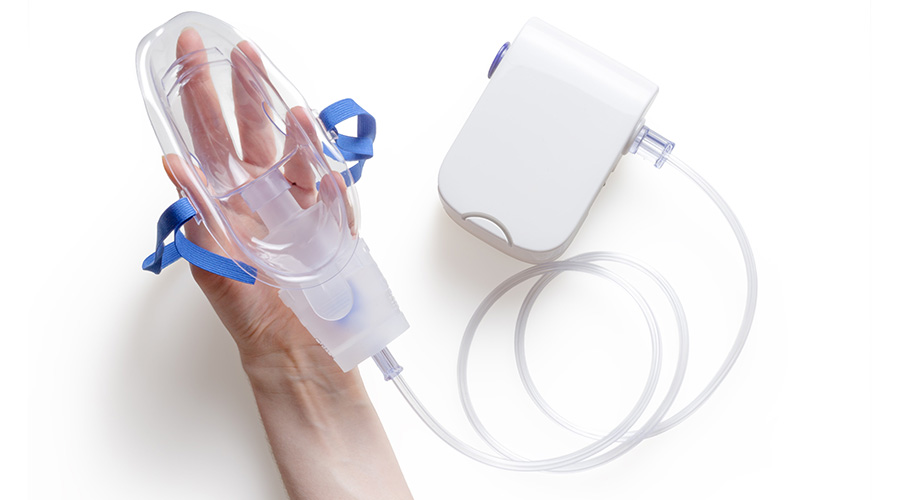
Photo by Mockup Graphics on Unsplash
Key Takeaway
No matter how careful you are, COPD may strike anytime. You need to be prepared. Make sure that you or your elderly loved one has a plan of action to counter it.
Your treatment plan should be based on what you personally need, and will depend on your symptoms. It should include things such as:
- You need to know what your COPD medicine is and when to take it
- When and how to use an inhaler or oxygen, if you have one
- Knowing when to call 911 or a doctor
When you or your elderly loved one start feeling unwell, you need to take it seriously.
The elderly are at risk of developing COPD, a serious pulmonary disease. In any case, as long as you take the right precautions, you and your elderly member will be fine.
